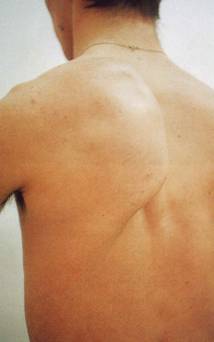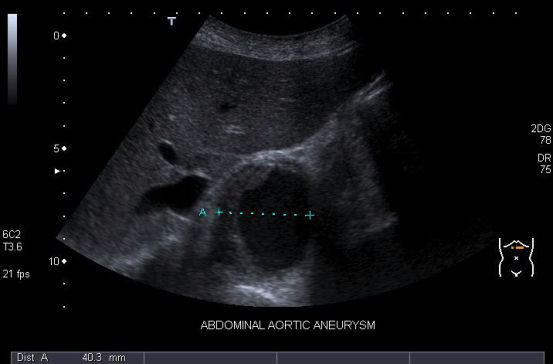| Medical Finals contents: Welcome Finals advice Written exams Clinical revision X-Rays Mock final OSCE's |  |
Medical Finals contents: Monthly quiz PDA's Links Credits Your comments Who are we? |
Question 2 | |||||
|
A 42 year-old teacher attends her dentist for a check-up. She notices on her buccal mucosa a white patch with a lace-like appearance. It is painless.
What is the most likely diagnosis? | |||||
| |||||
|
Answer: (d) Lichen planus
Lichen planus classically gives a lace-like reticular appearance on the buccal mucosa. It is painless and may only be identified incidentally. This distribution is known as Wickham's straie. Lichen planus is also observed at the wrists where papular (raised) lesions are found which are intensely itchy. Lichen planus exhibits the Koebner's phenomenon whereby it is adopted within an area of excoriation. |
Question 3 | |||||
Look at this photograph and answer the following questions..
 (Click on image for enlarged view. The click your brower's BACK button to return to this page) Which of the following muscle weakness causes this appearance? | |||||
| |||||
|
Answer: (b) Serratus anterior
This picture demonstrates a winged scapula. |
Question 4 | |||||
| Damage to which of the following nerves could cause this appearance (as shown in the picture in question 3 above)? | |||||
| |||||
|
Answer: (d) Long thoracic nerve
Serratus anterior holds the scapula against the thoracic wall and is supplied by the long thoracic nerve. |
Question 5 | |||||
A 64 year-old gentleman attends for ultrasound of the abdomen. An incidental finding of a 4.0cm infra-renal abdominal aortic aneurysm is observed at ultrasound.
 (Click on image for enlarged view. The click your brower's BACK button to return to this page) Which of the following is the most appropriate management? | |||||
| |||||
|
Answer: (d) Arrange follow-up ultrasound in 6-12 months
The elective management of abdominal aortic aneurysms may differ slightly between centres. The general consensus is as follows:
|